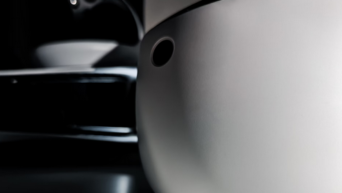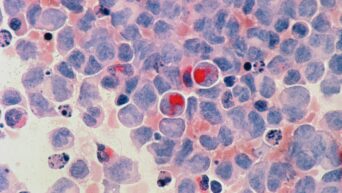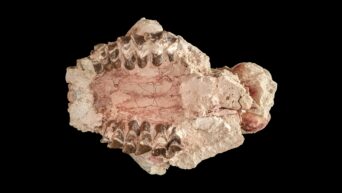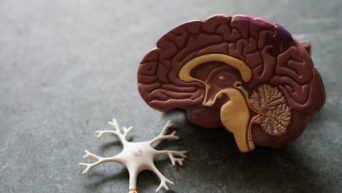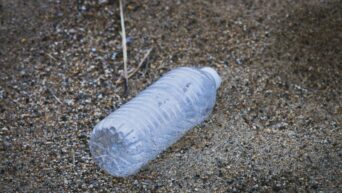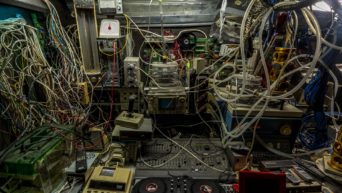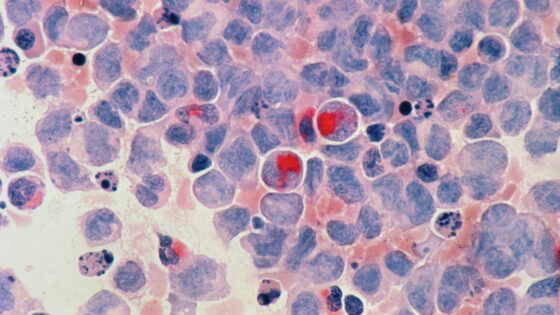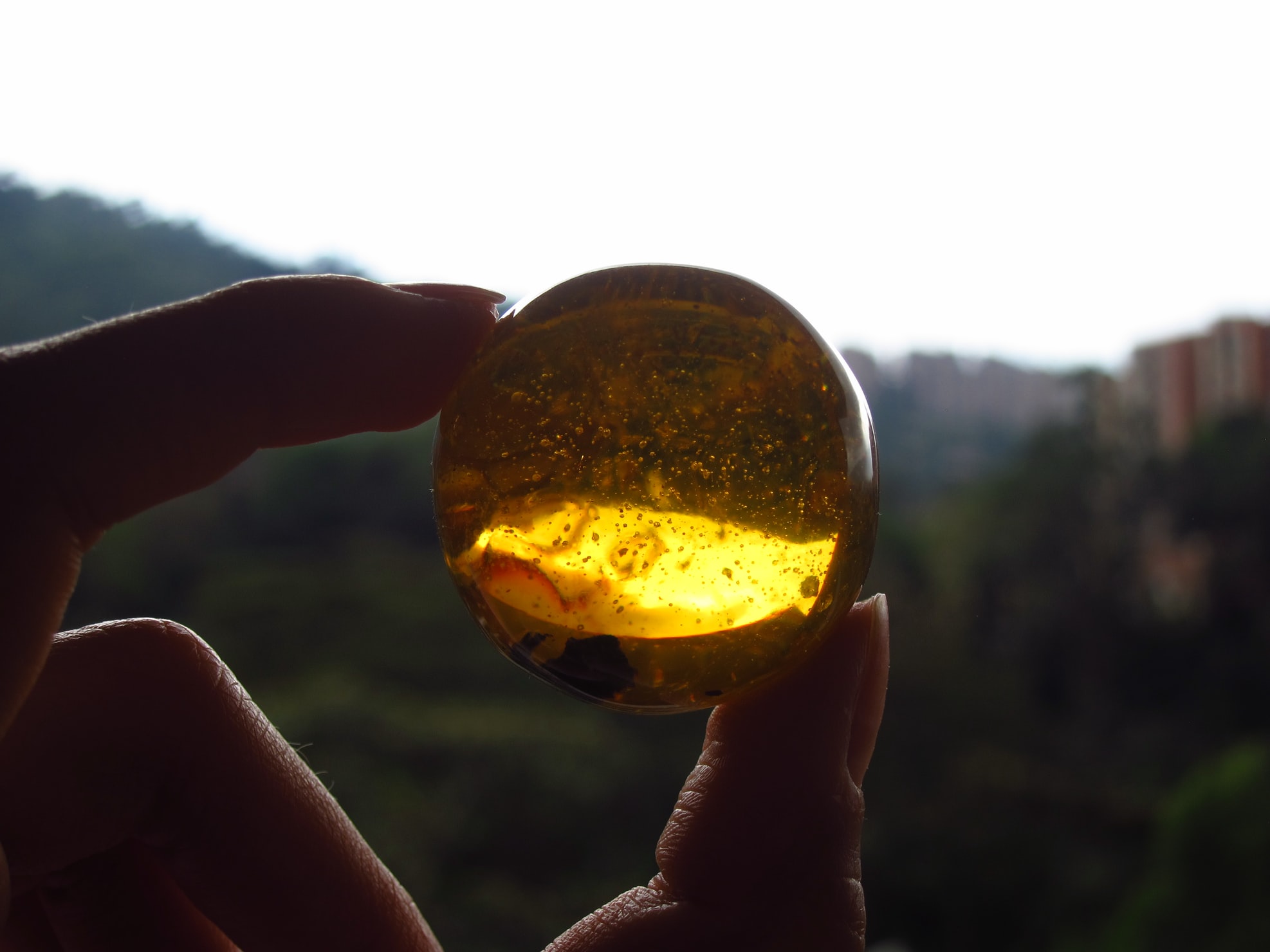
Credit: Unsplash
The little crab is one of the most complete specimens ever found.
Amber has long been the best friend archeologists and animal biologists. The sticky sap from ancient trees, hundreds of millions of years old, traps various small creatures and hardens into a dense sphere. These spheres are so thick, they persist through the annals of time, keeping their hostages in near-perfect condition. It’s like Buck Rogers without the theme song. Recently, such a specimen was discovered in the Kachin Province of Myanmar: a tiny crab, almost completely preserved for about 100 million years.
“When I saw it for the first time I could not believe my eyes,” Harvard paleontologist Javier Luque said. “This spectacular crab looks so modern, like something you may find in [British Columbia] flipping rocks, but it is actually quite old and different from anything seen before, fossil or alive.”
The specimen, named Cretapsara athanata, shows a fascinating evolutionary path for crustaceans between ancient times and now. Researchers were able to pinpoint the creature’s gills and compound eyes, but did not notice the usual signs of land adaptation that modern crabs have. This has led them to believe that this ancient crab may have actually been amphibious, kind of like a frog.
“This crab is telling us a very interesting story about the tree of life of crabs,” said Luque. “There is a lot of excitement about crab evolution because evolution has produced crab-like forms, known as carcinization, many times independently.”
The specimen is believed to be the oldest recorded instance of Brachyura, also known as a “true crab.”
“Cretapsara bridges the gap between the molecular DNA split of non-marine crabs from their marine kins (~130 million years ago) and their oldest known fossils (~75–50 million years ago),” explained Luque on Twitter. It also “tells us that crabs have conquered land and freshwater more than 12 times independently!”










